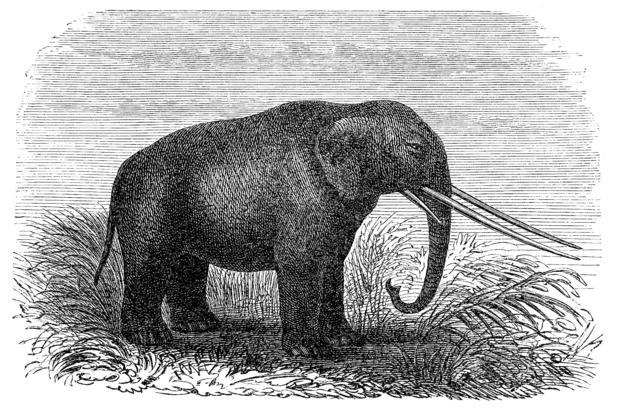North Greenland is known for being "the land of the midnight sun and dog sledding" as a polar desert with massive icebergs. But that wasn't always the case – 2 million years ago, it was "a forested ecosystem unlike any now found on Earth."
A historic and "extraordinary" finding and a new study published in Nature this week reveal just how much the icy landscape has changed. Researchers found 2-million-year-old DNA – the oldest ever discovered – buried in clay and quartz sediment that was preserved in permafrost in Greenland's northernmost point.
"A new chapter spanning one million extra years of history has finally been opened and for the first time we can look directly at the DNA of a past ecosystem that far back in time," one of the researchers, Eske Willerslev from the University of Cambridge, said in a press release. "DNA can degrade quickly but we've shown that under the right circumstances, we can now go back further in time than anyone could have dared imagine."
Willerslev, along with Kurt H. Kjær from the University of Copenhagen, uncovered 41 samples, each only a few millionths of a millimeter long, but with an invaluable amount of information. Those tiny samples revealed that the freezing region was once the ancient home for many more animals, plants and microorganisms than are there today, including hares and lemmings.
One of the most surprising discoveries, however, were traces of animals that were thought to have never been in the country at all – reindeer and mastodons. The area where the DNA was found is usually only known for minimal plants, hare and musk ox, according to Nature.
"Reindeers, according to paleontologists, should not have survived," Willerslev told Nature of the animal, which live wild in the country's west. "They shouldn't even exist at that time."
Mastodons, according to the San Diego Natural History Museum, were massive Ice Age mammals that are similar in size and characteristics to the modern-day elephant. The animals, which went extinct 13,000 years ago, were thought to live mostly across North and Central America.
Researchers also found evidence that today's relatively empty environment was once a "forested ecosystem unlike any now found on Earth," according to Nature, filled with poplar, spruce and yew trees that don't typically grow that far north.
"No one would have predicted this ecosystem in northern Greenland at this time," Willerslev said.
Additional findings of horseshoe crab and green algae support the scientists' belief that the northern Greenland climate 2 million years ago was warmer than it is today.
As incredible as their findings were, researchers are just as excited about what it could mean in future studies that utilize ancient DNA.
"Similar detailed flora and vertebrate DNA records may survive at other localities," the study says. "If recovered, these would advance our understanding of the variability of climate and biotic interactions during the warmer Early Pleistocene epochs across the High Arctic."
Article From & Read More ( 2-million-year-old DNA reveals an ancient Greenland ecosystem "unlike any now found on Earth" - CBS News )https://ift.tt/7v4Ucxw
Science



No comments:
Post a Comment